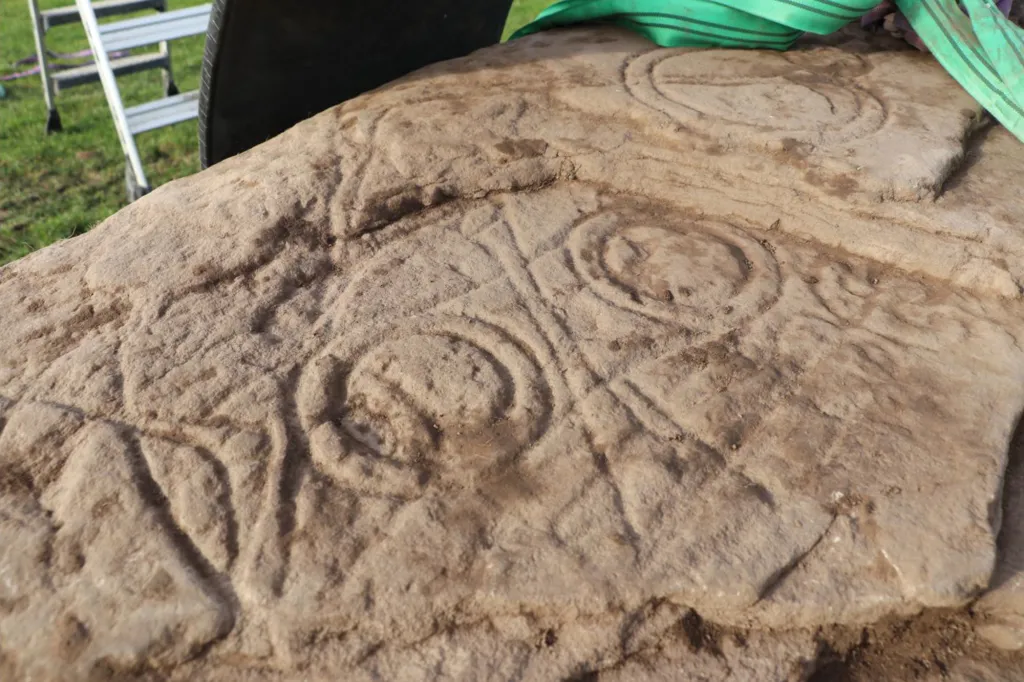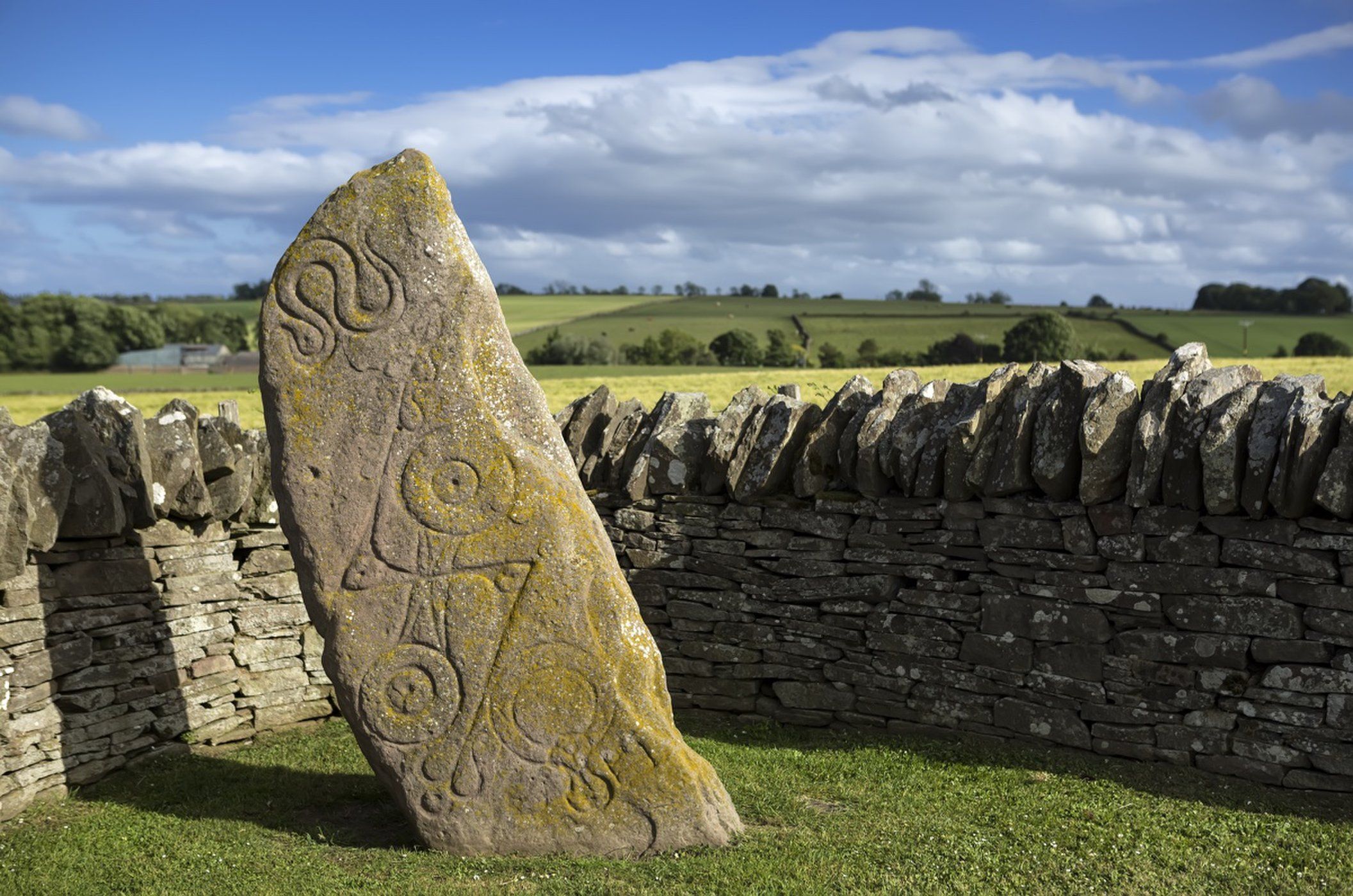1,000-Year-Old Pictish Ring Unearthed by Archaeologist John Ralph at Burghead Fort in Scotland
A remarkable archaeological discovery has come to light in Scotland with the unearthing of a 1,000-year-old ring at a site formerly inhabited by the Picts. This significant find was made by John Ralph, a retired engineer with ties to the University of Aberdeen, during the final day of an archaeological dig at the historic Burghead Fort. Located on a prominent land promontory, this ancient fort has been largely hidden beneath the developments of the 19th century in the town of Burghead, making the discovery all the more noteworthy.
The ring itself is a striking artefact, characterized by its kite-like shape and distinctive red center, crafted from metal. Its rarity cannot be overstated; Pictish rings are seldom found, and those that have been unearthed are usually part of hoards that were intentionally buried. Dr. Gordon Noble, an archaeology professor at the University of Aberdeen, highlighted the uniqueness of this find. He expressed astonishment at the ring’s context, remarking, “We certainly weren’t expecting to find something like this lying around the floor of what was once a house.” This comment underscores the ring’s unexpected domestic setting, suggesting it might have held personal significance for its owner.
Understanding the historical context of the Picts is essential to appreciate the significance of this discovery. Known for their elaborate tattoos and fierce resistance to Roman conquest, the Picts have left behind few written records, which complicates our understanding of their culture and lifestyle. Artefacts like the newly discovered ring play a crucial role in piecing together the fragmented history of this enigmatic people. As Dr. Noble noted, the presence of the ring, alongside other evidence of metalworking found at the site, indicates that Burghead was an important center during the Pictish era.

This discovery at Burghead Fort not only adds to the existing body of knowledge about Pictish culture but also raises questions about the daily lives and customs of these ancient people. The ring could have served multiple purposes, from a piece of jewelry to a marker of status or identity within Pictish society. Its domestic context hints at the possibility that such items were more integrated into everyday life than previously assumed, challenging perceptions of Pictish material culture.
Furthermore, this find has sparked renewed interest in the archaeology of the Pictish period, particularly in the Burghead region. The ongoing excavations at Burghead Fort may reveal additional artefacts that could deepen our understanding of this fascinating culture. Archaeologists are now keen to investigate further, hoping to uncover more insights into the Picts’ social structures, artistic expressions, and their interactions with neighboring cultures.
As the archaeological community reflects on this significant find, it serves as a reminder of the wealth of history still buried beneath the surface of Scotland. Each discovery not only enriches our understanding of the past but also reconnects us with the diverse narratives that have shaped human civilization. The Pictish ring discovered by John Ralph is a testament to the enduring legacy of the Picts, inviting both scholars and the public to explore the rich tapestry of history that lies just below our feet.


















